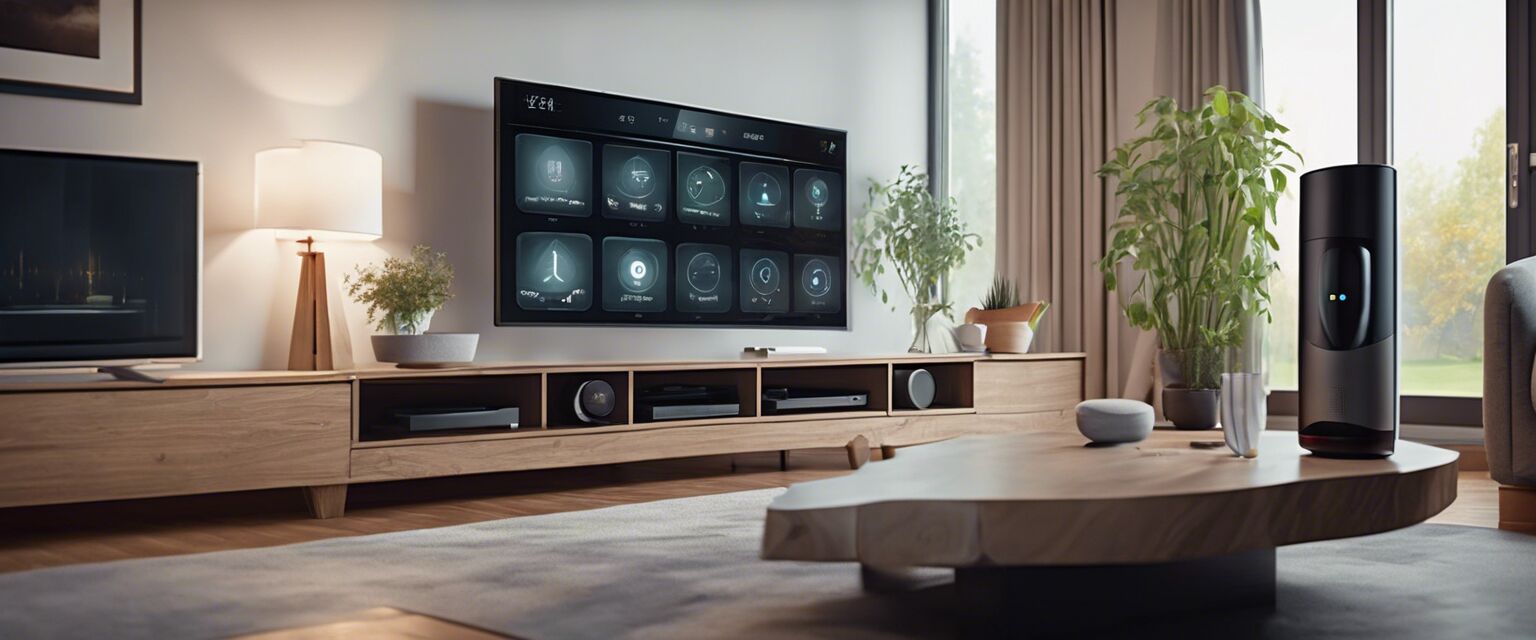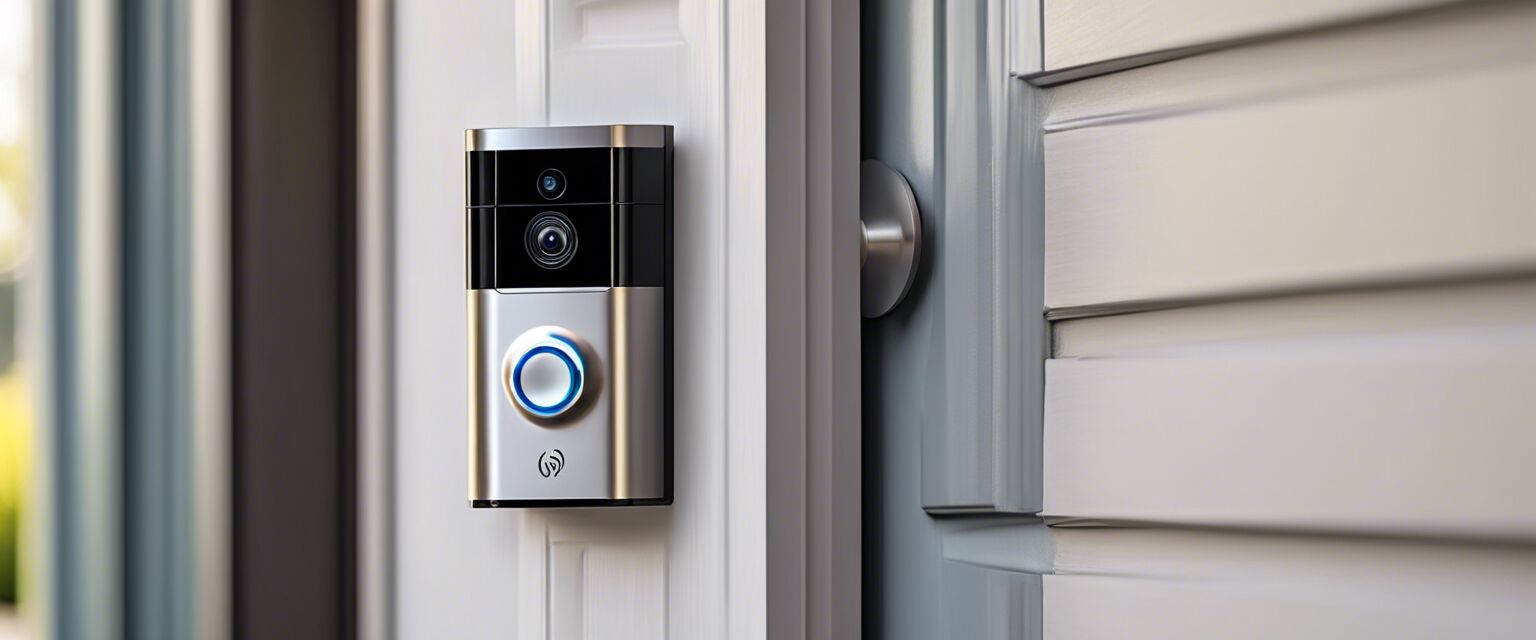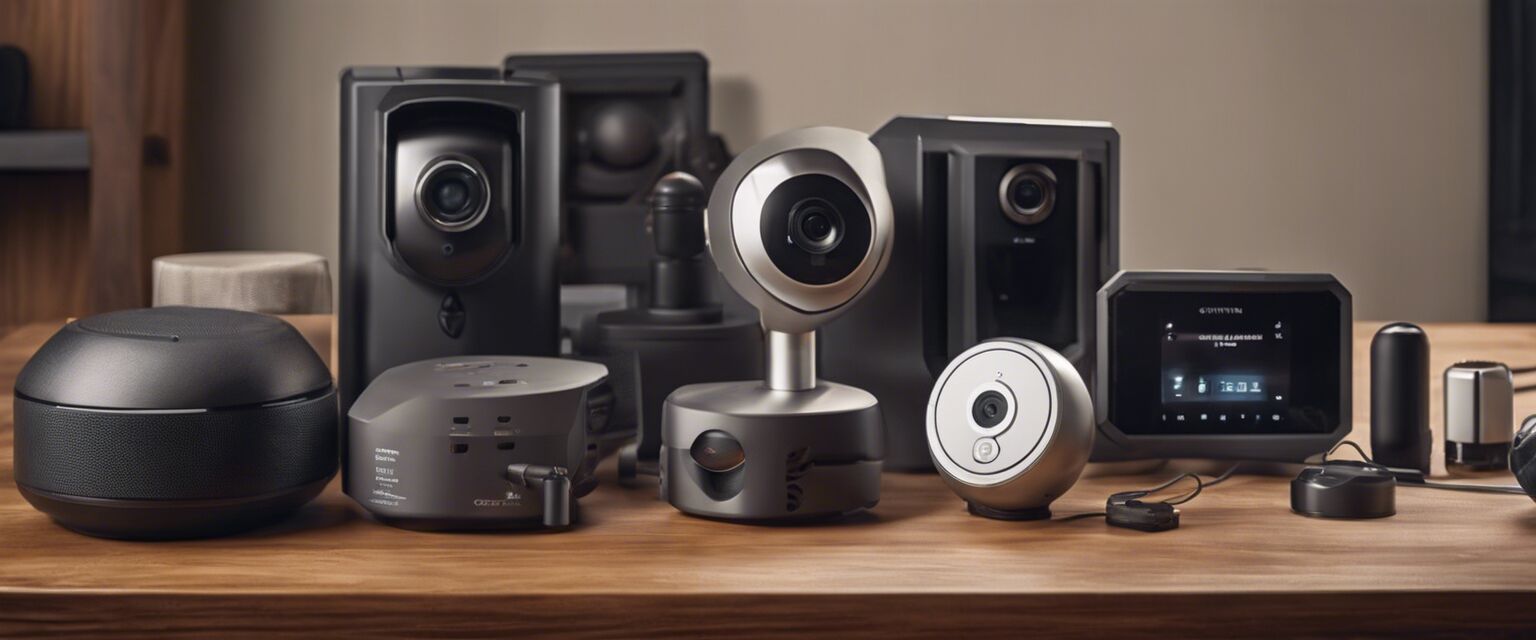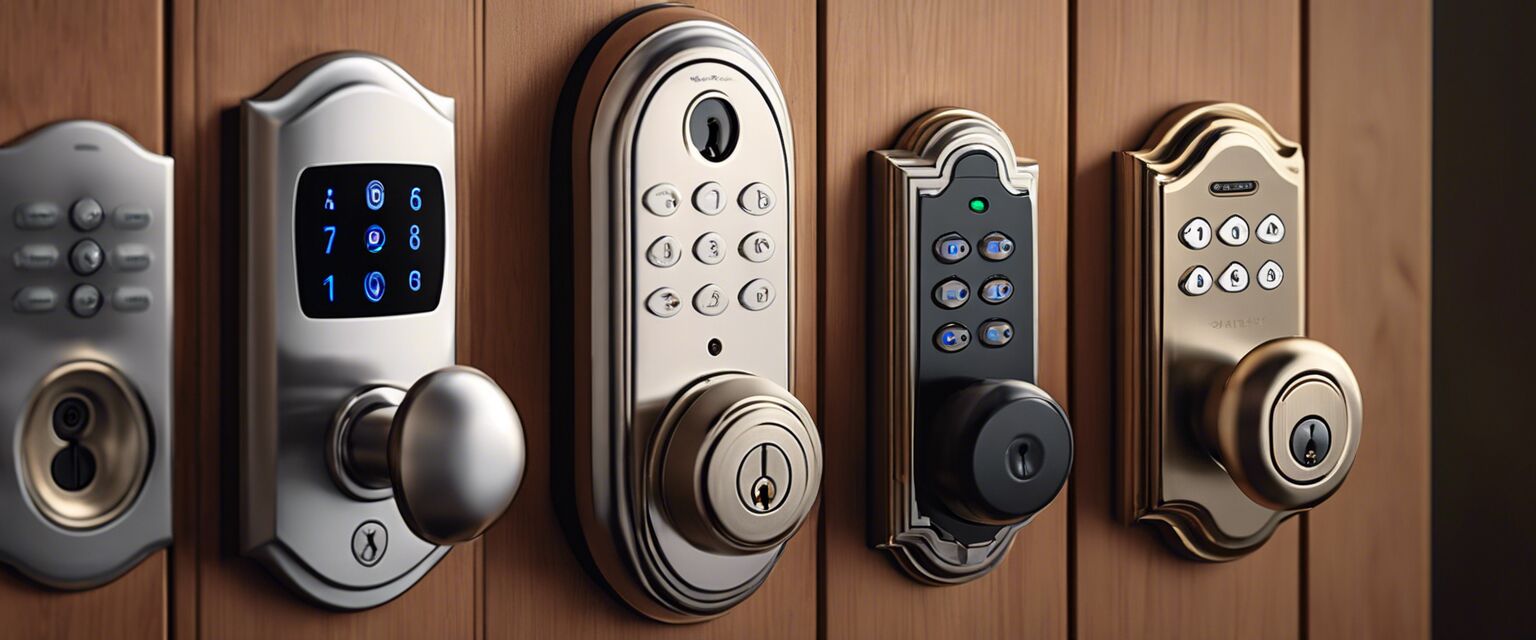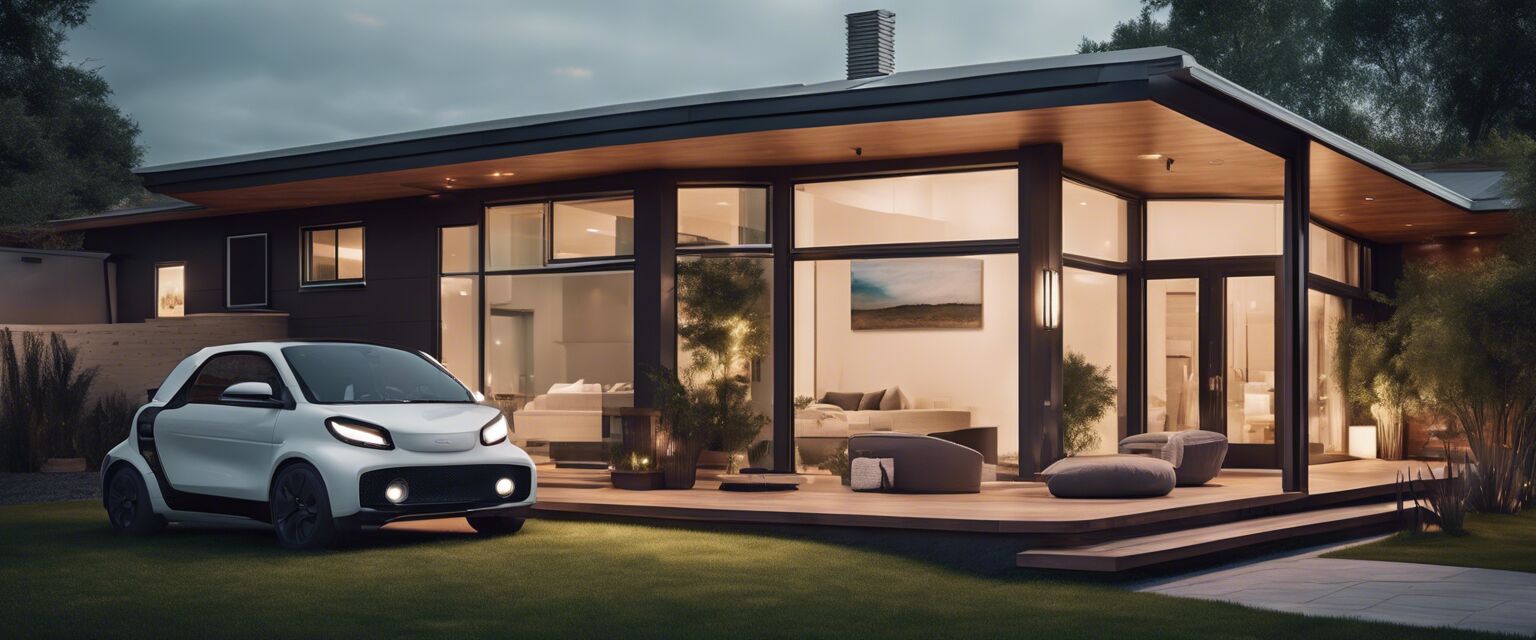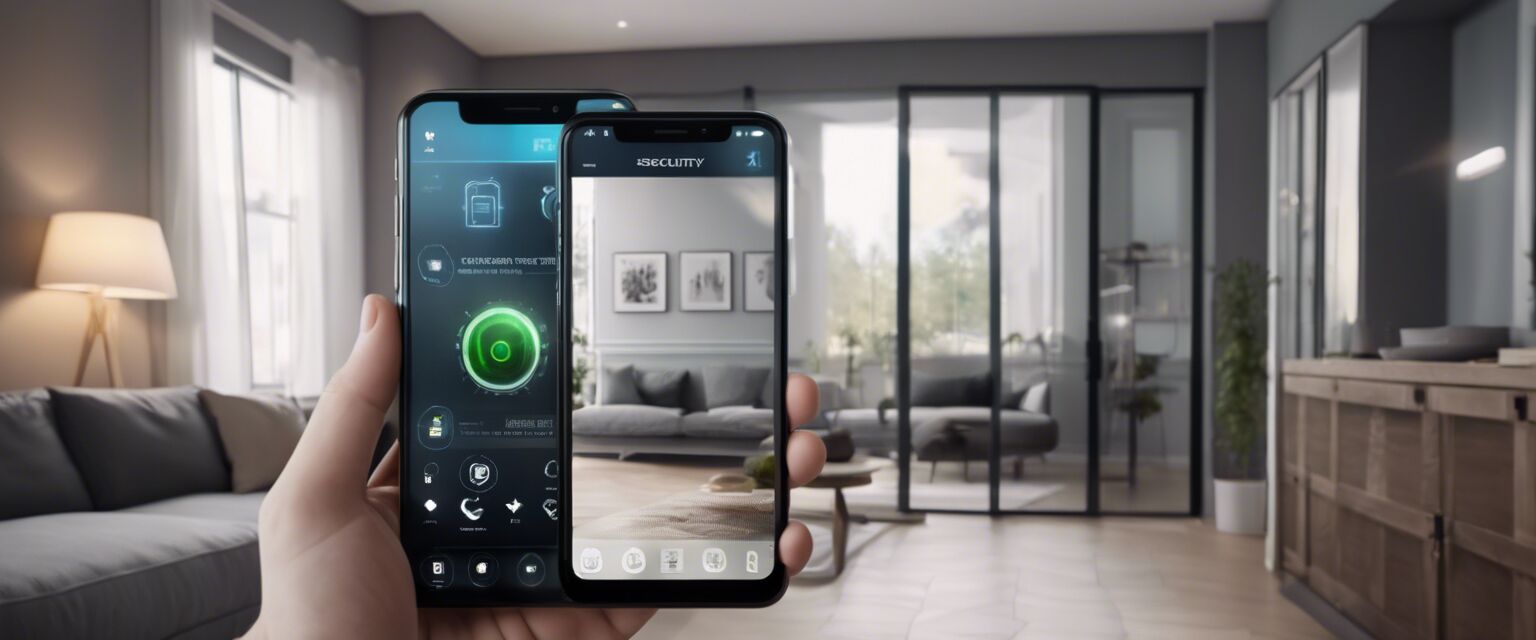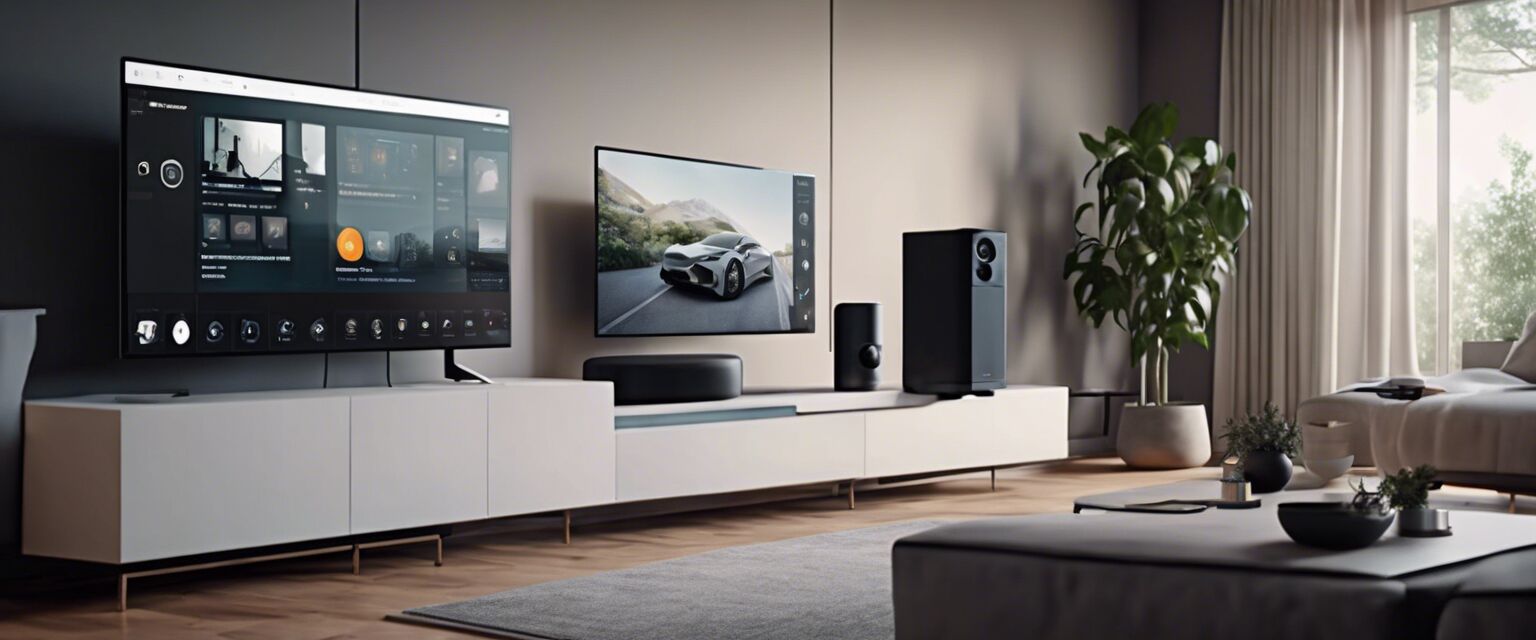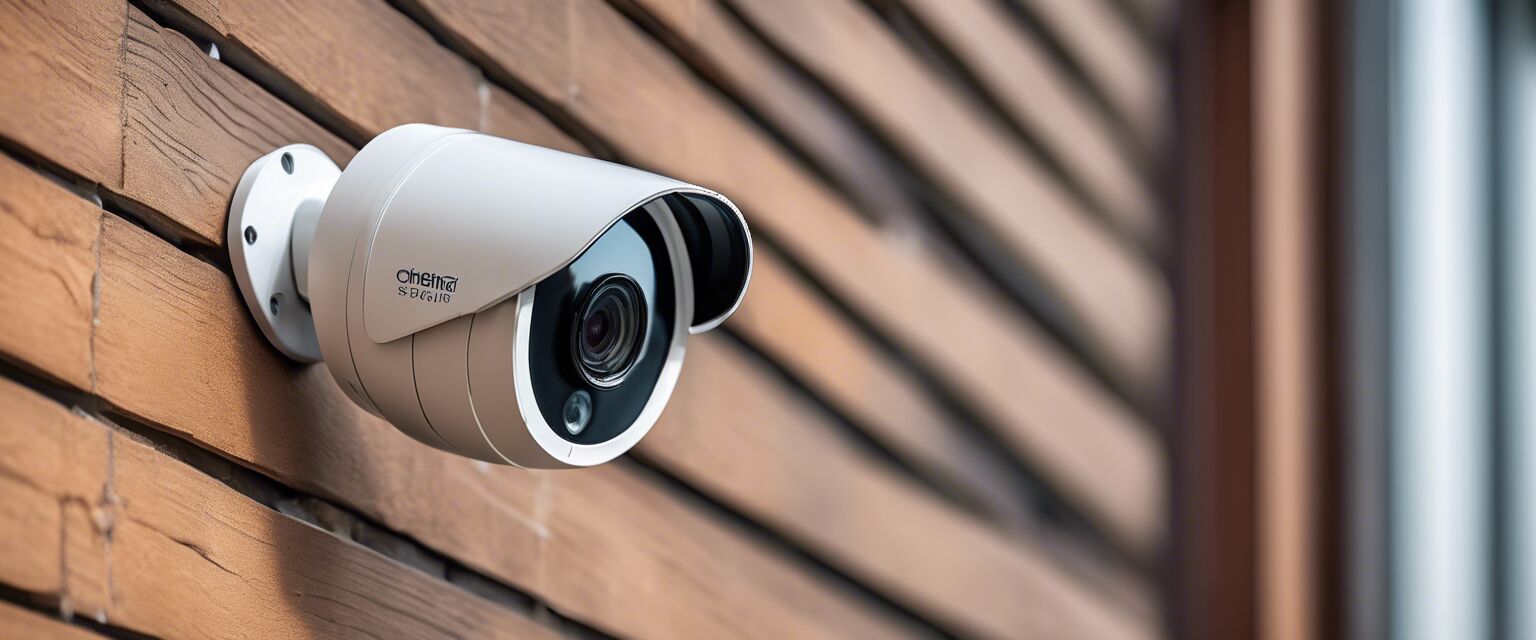
Smart Home Security Cameras
Key Takeaways
- Smart home security cameras offer remote monitoring capabilities.
- Features vary widely, including night vision, motion detection, and cloud storage.
- Installation can be simple, typically requiring only Wi-Fi and a power source.
- Many systems integrate with smart home devices for enhanced security.
Smart home security cameras have become an essential part of modern home security systems. These devices not only provide surveillance but also peace of mind for homeowners. In this article, we will explore various smart security camera systems, examining their features, best use cases, and what you should consider before making a purchase.
Types of smart home security cameras
| Camera Type | Description | Best Use Cases |
|---|---|---|
| Indoor Cameras | Designed for indoor monitoring, often compact and discreet. | Monitoring children, pets, or package deliveries. |
| Outdoor Cameras | Weather-resistant with features to handle outdoor conditions. | Monitoring front porches, backyards, and driveways. |
| Video Doorbells | Combines doorbell functionality with a security camera. | Identifying visitors and monitoring packages. |
| PTZ Cameras | Pan-Tilt-Zoom cameras that can be controlled remotely. | Large areas requiring mobile surveillance. |
Features to consider
When selecting a smart security camera, consider the following features:
- Resolution: Higher resolution provides clearer images.
- Night Vision: Allows monitoring in low-light conditions.
- Two-Way Audio: Enables communication through the camera.
- Cloud Storage: Safely stores footage for later viewing.
- Integration with Smart Home Systems: Works with other smart devices.
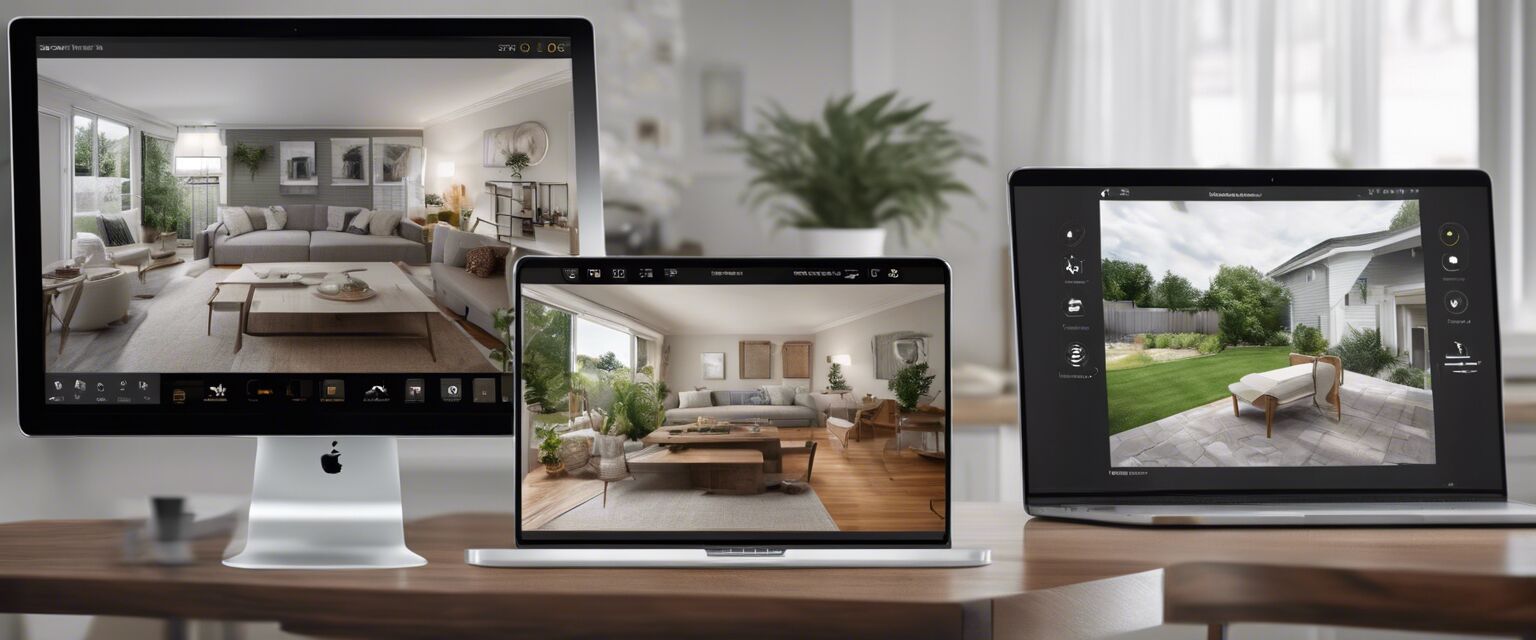
Installation and setup
Installing a smart security camera can often be done by the homeowner without professional help. Hereâs a quick guide:
- Choose the right location with a good view.
- Ensure a stable Wi-Fi connection.
- Mount the camera securely, following the manufacturer's instructions.
- Download the companion app to your smartphone.
- Follow the setup prompts in the app to connect your camera.
Smart camera integration
Many smart home security cameras can integrate with other smart devices, enhancing their functionality. Some examples include:
- Access sensors that alert you when doors or windows are opened.
- Alarm systems> that can work in tandem with your cameras.
- Motion sensors that trigger camera recording.
- Smart locks that provide access control alongside visual monitoring.
- Video doorbells that complement your security system.
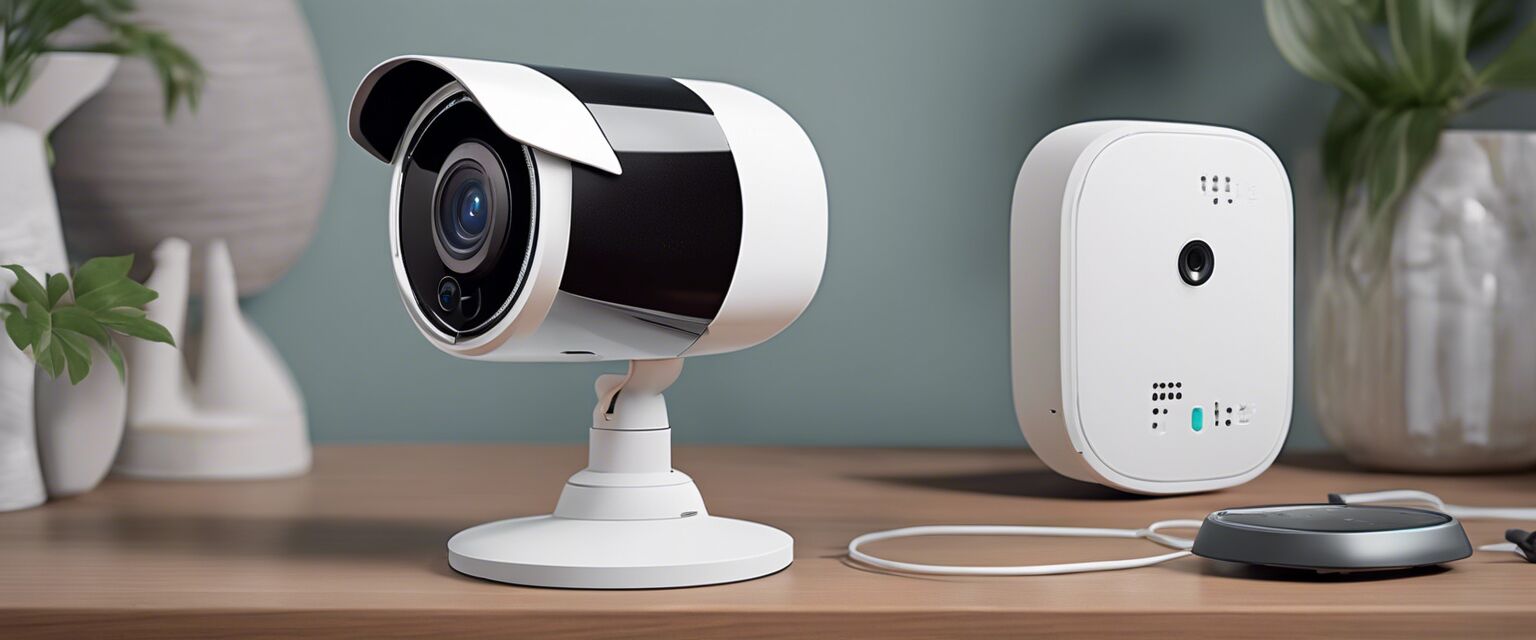
Pros and cons of smart home security cameras
Pros
- Easy to install and set up.
- Provides real-time alerts and monitoring.
- Flexible storage options, including cloud and local.
- Can deter crime with visible presence.
- Integration with other smart devices enhances security.
Cons
- Potential privacy concerns with streaming footage.
- Dependent on a stable internet connection.
- Costs can add up with subscriptions for cloud storage.
- Some models may require professional installation.
- Battery-operated cameras may need frequent charging.
Conclusion
Smart home security cameras play a crucial role in enhancing the safety of your home. By understanding the different types, features, and installation processes, homeowners can make informed decisions tailored to their specific needs. Always consider the integration potential with other smart devices to create a comprehensive security system.

